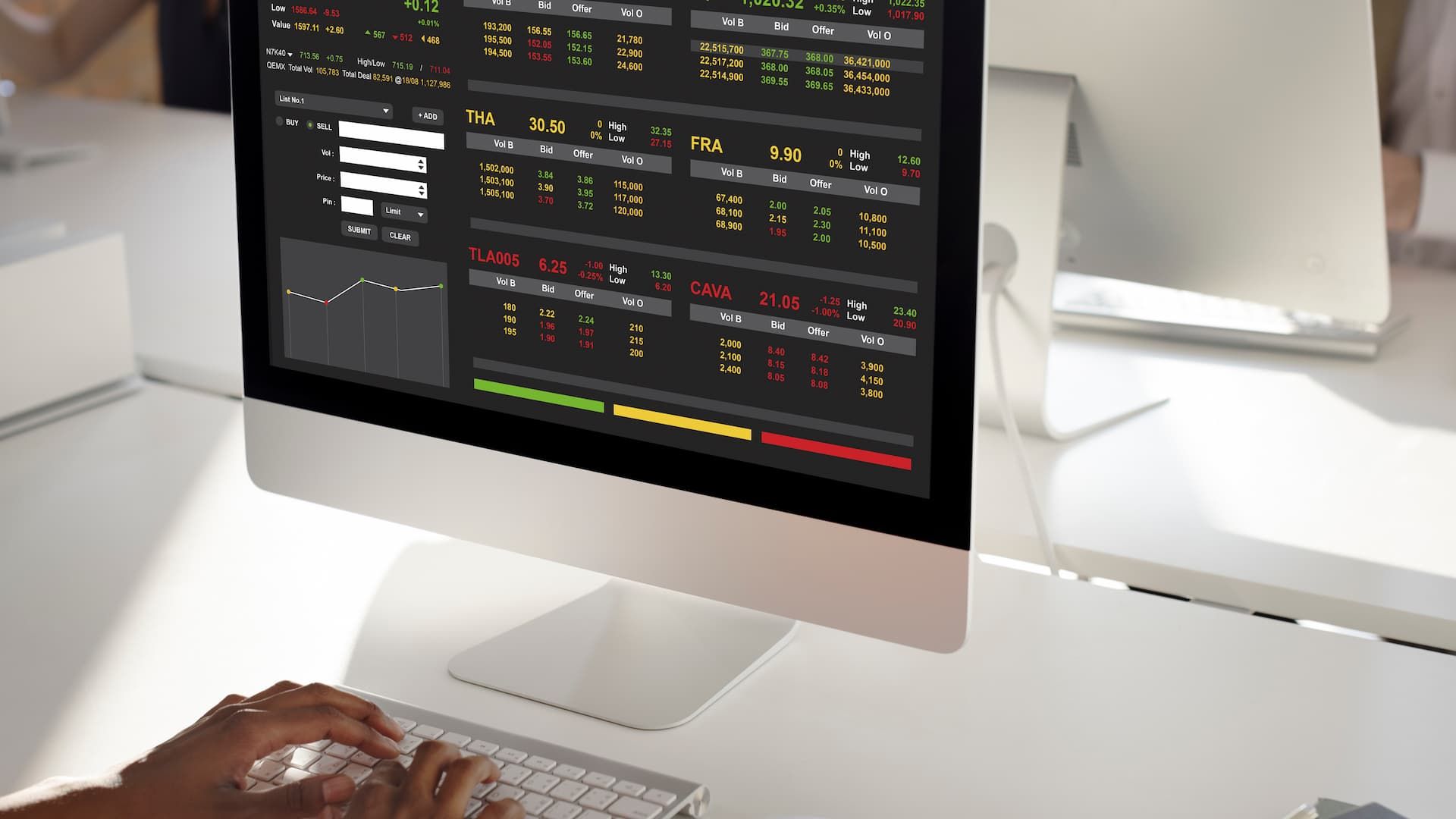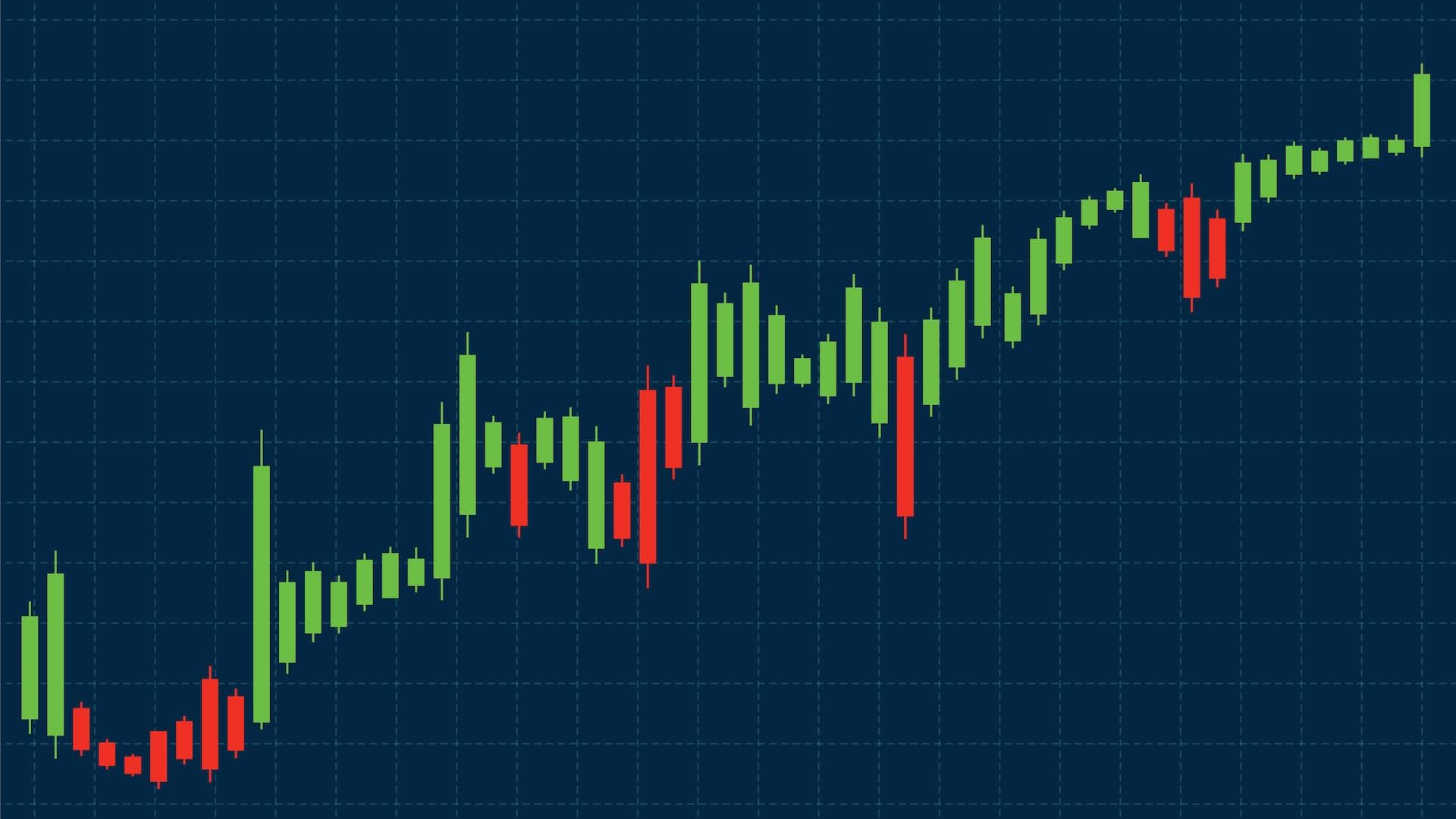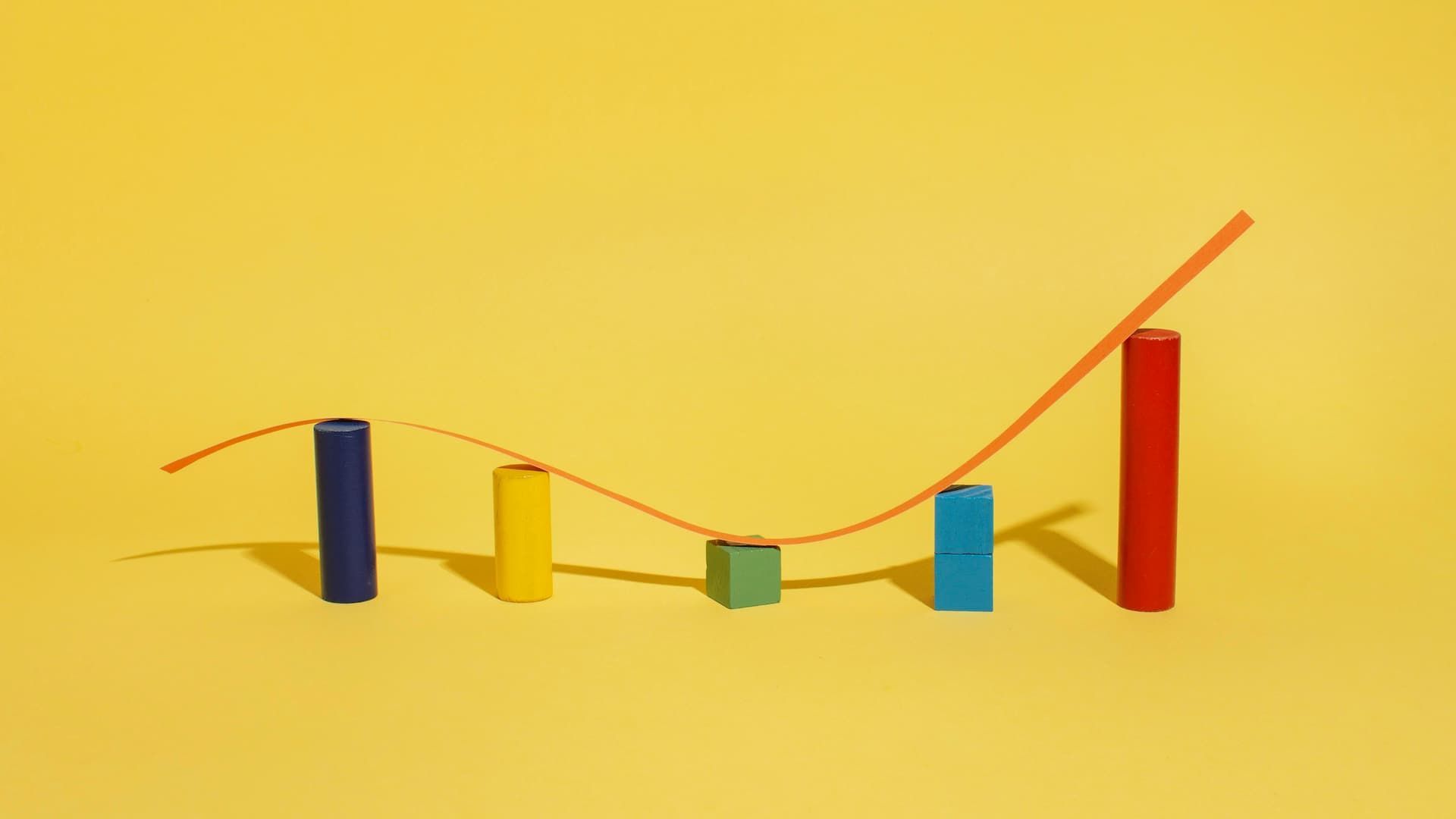Trading isn’t just about watching one chart or one market. Professional traders often look at how financial markets and different asset classes interact with each other, a concept known as correlation trading. By performing intermarket analysis, traders can spot opportunities, manage risks, and even anticipate price moves before they happen.
This guide explains what correlation trading is, how it works, and how you can start using it as part of your trading strategy.
What is correlation trading?
Why intermarket relationships matter in trading
Markets are deeply connected. Stock indices may rise when bond prices or yields shift. Gold often strengthens when investors are worried about economic stability, and oil prices affect the currencies of energy-exporting nations. Observing these dynamics across different asset classes is part of effective intermarket analysis, forming the foundation of correlation trading.
By monitoring correlations, traders can make better decisions. For example, if the dollar weakens and gold rises at the same time, it could confirm a market trend and strengthen your trading conviction.
How correlation trading fits into a broader trading strategy
Correlation trading isn’t a strategy on its own, it’s a supporting tool. It helps traders confirm signals, avoid unnecessary risks, and balance their portfolios across multiple asset classes.
Basics of Intermarket Analysis
Why is intermarket analysis important for traders?
Markets rarely move in isolation. Central bank decisions, interest rates, global economic data, and geopolitical events all ripple across stocks, bonds, commodities, and currencies. By practicing intermarket analysis, traders gain a broader view of the market environment, allowing them to better predict market trends and anticipate potential shifts across different asset classes.
Understanding intermarket correlations
Correlation measures how two assets move relative to one another. A positive correlation means they move in the same direction most of the time, while a negative correlation means they move in opposite directions.
Key drivers of intermarket relationships
- Interest rates: Affect both currencies and bonds. For instance, falling interest rates often weaken a currency but can boost stock prices and bond prices, creating opportunities for traders.
- Inflation: Drives commodities like gold and oil.
- Economic growth: Boosts stocks, while weak growth can strengthen safe-haven assets.
- Geopolitics: Shifts capital between regions and asset classes.
A financial market analyst uses intermarket analysis to monitor these relationships, helping to anticipate market moves and identify trends across multiple asset classes.
Positive and Negative Correlations
Defining positive correlation in trading
A positive correlation means two assets typically rise and fall together. For instance, the S&P 500 and the Nasdaq often show strong positive correlation since both represent US equities.
Through intermarket analysis, traders can also identify an inverse relationship between certain markets, for example, stocks and the bond market often move in opposite directions, with rising equities coinciding with falling bond prices and vice versa. Recognizing these patterns helps anticipate broader market trends and manage risk more effectively.
Examples of negative correlation across markets
Gold and the US dollar often move in opposite directions. When the dollar weakens, gold tends to rise as traders seek protection against currency depreciation. Similarly, bonds and stocks, though part of one asset class, can sometimes move inversely, when investors flee stocks, they may seek safety in bonds. Even commodity prices like oil or gold can show negative correlations with certain currencies or equities.
Using intermarket analysis, traders can identify these patterns and better understand how different one asset class interacts with others, helping them make informed trading decisions.
How changing correlations impact decisions
Correlations are not fixed. In times of crisis, assets that usually move in opposite directions might suddenly move together. Recognizing these shifts through intermarket analysis can help traders adapt their strategies and manage risk effectively.
Measuring Correlations in Markets
The role of the correlation coefficient
Correlation is measured with a number between -1 and +1, indicating the strength and direction of a relationship between two assets. For example, traders may calculate correlations between stock prices and commodity prices to identify patterns.
- +1 means two assets move together perfectly. A statistically significant +1 suggests a very strong link, unlikely due to chance.
- -1 means they always move in opposite directions, with a statistically significant negative correlation showing a consistent inverse relationship.
- 0 means no relationship, indicating that movements in one asset do not reliably predict movements in the other.
Tools for intermarket analysis and correlation tracking
Traders can use trading platforms like 24markets.com, which provide charting tools, overlays, and correlation calculators to track relationships between instruments, including commodity prices and equities. These tools help visualize how market movements in one asset may affect another and identify opportunities for hedging or diversification.
Comparing short-term vs long-term intermarket correlations
A pair of assets might show a perfect positive correlation on a daily chart but weaker correlation over longer timeframes. This is why traders should consider both short-term and long-term analysis, as correlations can shift depending on market conditions and external factors.
Intermarket Relationships in Practice
Correlation trading between stocks and bonds
When bond yields rise, stock prices often fall, illustrating a perfect negative correlation in certain market conditions. This relationship is especially pronounced in an inflationary environment, where rising interest rates can increase borrowing costs and weigh on equities. Monitoring these dynamics allows traders and investors to refine their investment strategy and make more informed allocation decisions across stocks and bonds.
How precious metals play into intermarket correlations
Gold and silver are safe-haven assets. During periods of uncertainty, their correlations with riskier assets like equities become negative, illustrating how markets interact across different asset classes. Traders often combine fundamental analysis with economic indicators, such as inflation data or GDP reports, to anticipate shifts in these relationships. This makes precious metals popular hedging tools during volatile times.
Currencies, commodities, and their relationships
Currencies of commodity-exporting countries often move with the prices of those commodities. For example, the Canadian dollar tends to rise with oil prices. In a deflationary environment, deflationary forces such as falling commodity prices can weaken these currencies, impacting broader currency markets.
Detecting shifts in intermarket relationships
If a correlation that has held for months suddenly breaks down, it may signal a structural change in the market. Traders should take note and adjust accordingly, especially when deflationary forces are at play, as they can alter traditional intermarket dynamics.
Developing a Correlation-Based Trading Strategy
Building trading strategies around correlation trading
Correlation can be used to:
- Confirm trade entries, especially when assets show a perfect correlation that aligns with broader market trends.
- Spot divergences where one market lags another, highlighting potential shifts in traditional intermarket relationships.
- Hedge positions by holding negatively correlated assets, which can be particularly useful during periods of rising inflationary pressures.
Combining intermarket analysis with technical indicators
Correlation works best when paired with traditional tools like moving averages, RSI, and support/resistance analysis. This combination increases the reliability of signals.
Risk management in correlation trading strategies
Traders should avoid doubling their exposure unknowingly. For example, being long on both the S&P 500 and Nasdaq increases risk because of their high positive correlation.
Adapting to changing correlations in global markets
Successful traders remain flexible. They update their strategies as correlations shift with new economic cycles or global events.
Key takeaways from intermarket analysis
The future of correlation trading strategies
Correlation trading is becoming increasingly important in today’s interconnected markets. With real-time data and advanced trading platforms like 24markets.com, traders can track correlations more easily than ever before.
By combining intermarket analysis with solid risk management and technical strategies, traders can build stronger, more resilient trading approaches.













